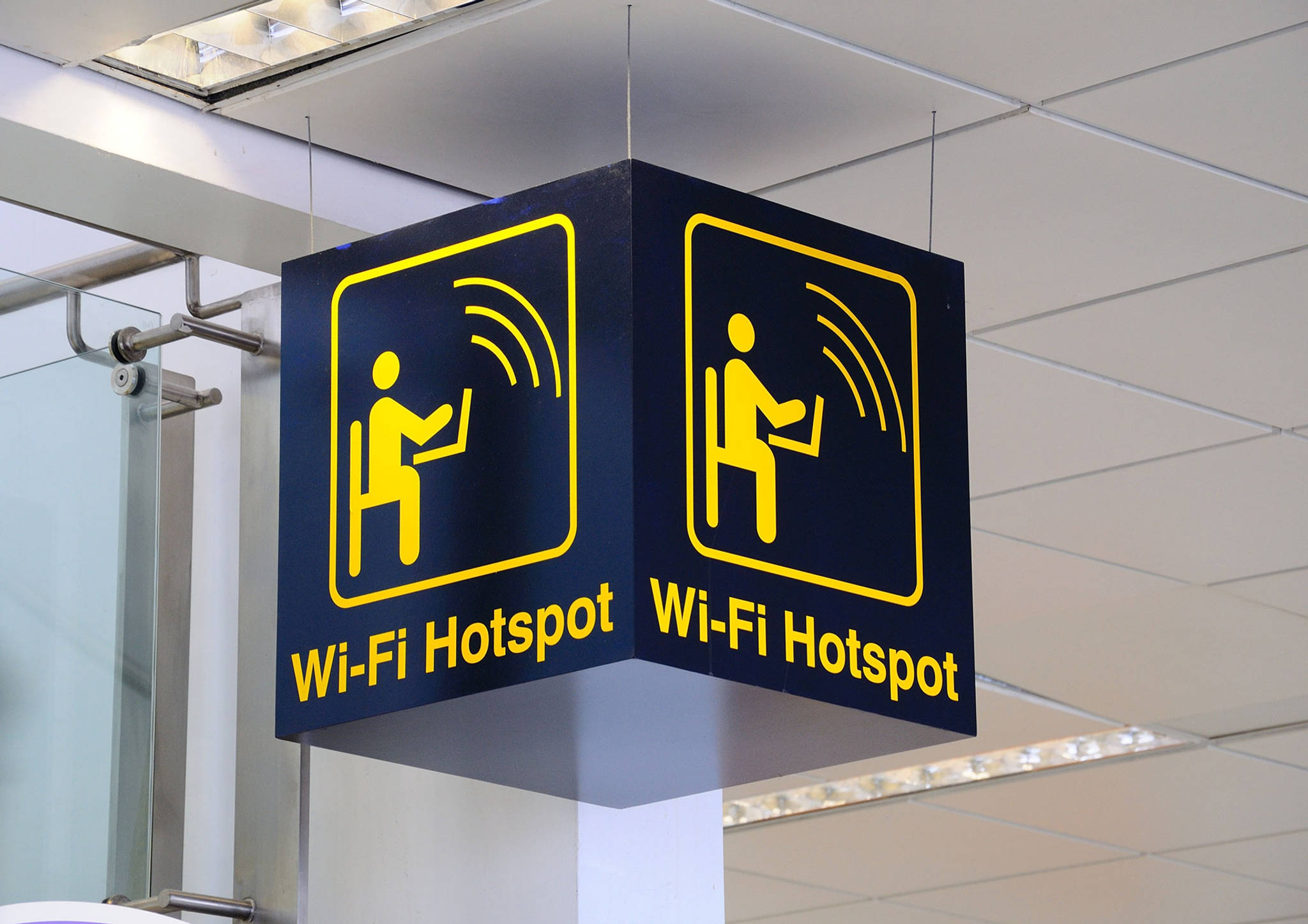Airport WiFi and Availability
Staying online is essential for most travelers today, whether it's to communicate with family and friends, complete work tasks, or keep entertained during waits. At IMT Test Airport (IMT), passengers can find WiFi services readily available to help them stay connected.
WiFi Connection Info
The current Network/ID (SSID) for IMT Test Airport is not specified here as it may change over time. To connect to the airport's WiFi, activate the WiFi setting on your device and look for the airport's network name in the list of available networks. Should a password be necessary, it's typically displayed on signs around the terminal or can be obtained from airport staff. Remember, the SSID is subject to change, so it's a good idea to verify the most current information upon arrival.
Airline Lounge WiFi
For those with access to airline lounges at IMT Test Airport, exclusive WiFi services are often available. These networks may provide enhanced speed or additional security features compared to the main airport WiFi. Lounge guests are encouraged to inquire about dedicated WiFi services upon entry.
In addition to WiFi, IMT Test Airport ensures travelers can keep their electronic devices charged and ready to go. Charging stations are conveniently located throughout the terminal, equipped with both USB ports and standard electrical outlets.
For a comprehensive understanding of how to connect to and utilize airport WiFi networks safely, the Airport WiFi Guide is an invaluable resource. This guide offers critical tips and information for a secure and convenient online experience during your travels.
Given the dynamic nature of digital services, we recommend contacting IMT Test Airport directly for the most up-to-date WiFi connection details.
Tips & Tricks
To ensure a smooth and secure online experience at IMT Test Airport, always look for official airport WiFi networks and avoid connecting to suspicious or unsecured networks. If you're unsure about the legitimacy of a network, don't hesitate to ask airport staff for confirmation. Additionally, consider using a VPN (Virtual Private Network) for an added layer of security when browsing or working online. For further assistance or information regarding the airport's digital services, including WiFi, customer service desks and information kiosks are available throughout the terminal.
Last updated:
